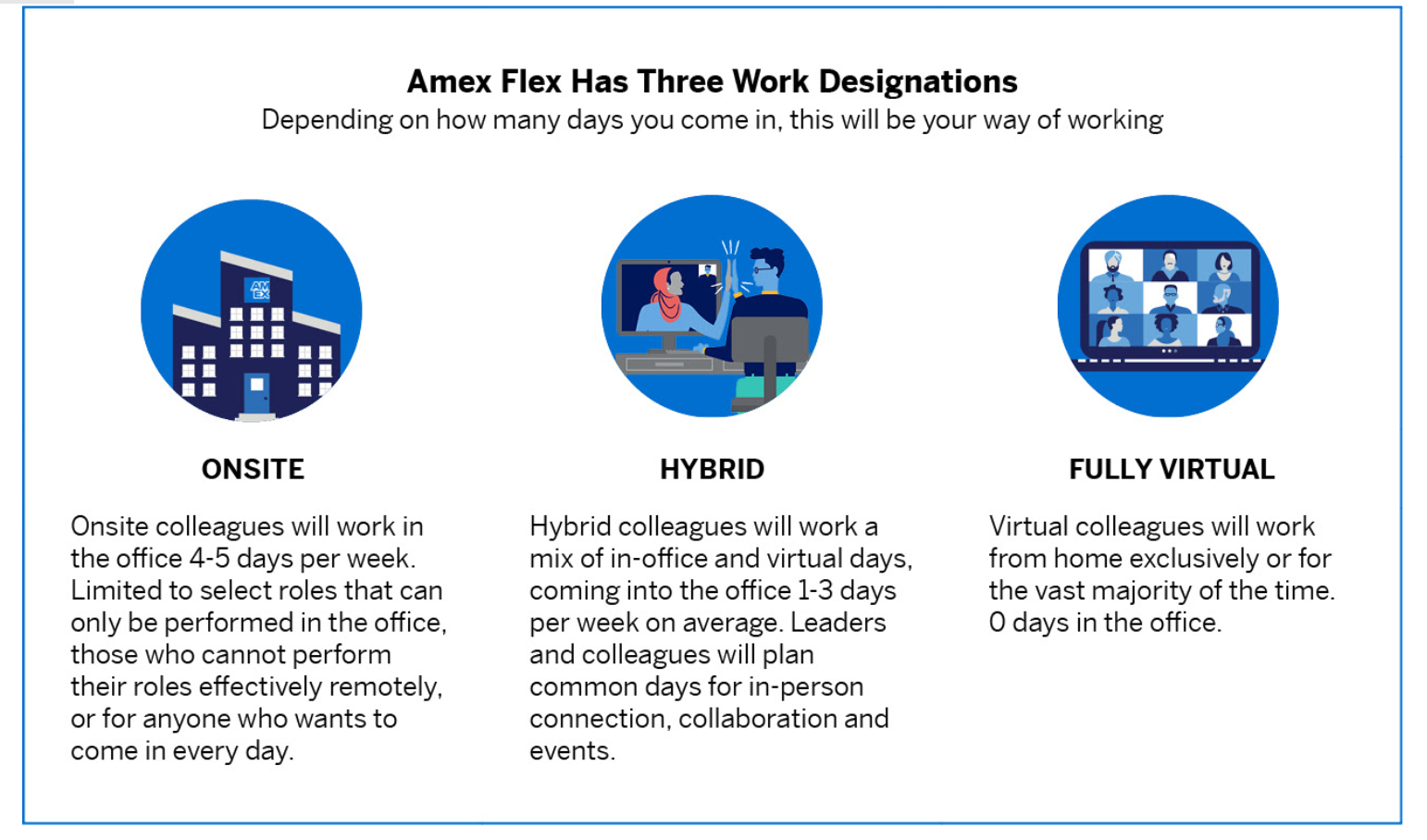
Employees Find A Compromise in Hybrid Work
By Agastya W.
Published on June 9, 2023
Hybrid Work Phenomenon
In early 2020, people are forced to work from home due to the world pandemic Covid-19.
Back then, workers used technology and online collaboration tools to stay in touch and collaborate with colleagues.
Getting used to technology and new work behavior, in 2022, the Pew Research Center reported that 60% of workers demand to work from home permanently.
On the other hand, only 13% of companies fully support remote work. Meanwhile, 87% of them prohibit working from home and immediately ask employees to work from the office.

In terms of bridging the gap between workers’ and employers’ expectations, in the end, the survey found a new working model called ‘hybrid work’.
What Is Hybrid Work?
Hybrid is combining two elements into one. Hybrid work means a combination of remote work and on-site work.
With the hybrid work culture, the workplace may occasionally be at home, in coworking spaces, or in public places rather than at the corporate office.
This work culture offers greater flexibility for some people, especially women, pregnant women, people with disabilities, or the elderly.
To stay productive and achieve their goals, all hybrid workers need to have an internet connection, hardware and online collaboration software set up.
Hybrid Work Types
Hybrid work has the combination of its work hours. Here are four types of hybrid work that have been implemented in big corporations.
1) Flexible Hybrid
Workers can decide their working hours and location flexibly based on their needs. And they allow to visit the office for formal events like seminars, meetings, or training sessions.
Cisco Systems (Cisco) is a multinational digital communications technology corporation that has been implementing this hybrid work with its employees.
No wonder Cisco is popular among fresh graduates and full-time employees, in 2022, Cisco had 83.300 employees around the world.
2) Fixed Hybrid
With this hybrid approach, employees can choose which days of the week they want to work from home before returning to the office.
American Express (Amex) is an example of a corporation that has adopted this work model.
Not only fixed hybrid, but Amex also offers other two work models: Onsite and fully virtual.
(Source: https://www.vercida.com/uk/features/hybrid-working-at-amex)

3) Office-First Hybrid
This hybrid work actually expects its employees to work in the office by choosing three working days on-site and two days online.
The ratio to work at the office is bigger than online. Hence, this hybrid work method is still beneficial to employees.
Google plans to adopt this work model. That is why Google become more popular these days for applicants, especially Gen Z and millennials.
4) Remote-First Hybrid
This work culture is somewhat unique, in that most employees can work remotely. In addition, the company may not have a physical office.
Twitter, as everyone knows a popular social media application company, is adopting the remote-first hybrid model.
After reading the four hybrid working methods below, you will find a lot of benefits. However, there are major concerns about hybrid work or remote work.
The Advantages and Disadvantages of Hybrid Work
As already mentioned, hybrid work offers advantages such as flexibility and productivity. People with special conditions like working moms, the elderly, or disabled people will need this type of work.
Besides the advantages of hybrid work, there is also a downside. For example, people who work alone tend to feel alone. From a physiological point of view, it can affect their health as well as their mental health.
British Occupational Health Research Foundation has found that 64% of lone workers face psychological distress. In total, 44% of the 1.4 million workers have experienced stress, depression, or anxiety.
(Read also: Lone working affects mental health)
The Key Role of Hybrid Work
Communication and collaboration are the key roles of hybrid work. Without both, hybrid work cannot occur.
“Using online collaboration software is the best way to operate hybrid work culture. It provides workers with live editing, live messaging, cloud storage, and project management features.”
With a single page or single application, hybrid workers can easily communicate with their team members so do their managers.
Managers or executives can do 24/7 monitoring of their employees. Hence, implementing hybrid work will be beneficial for both parties.


